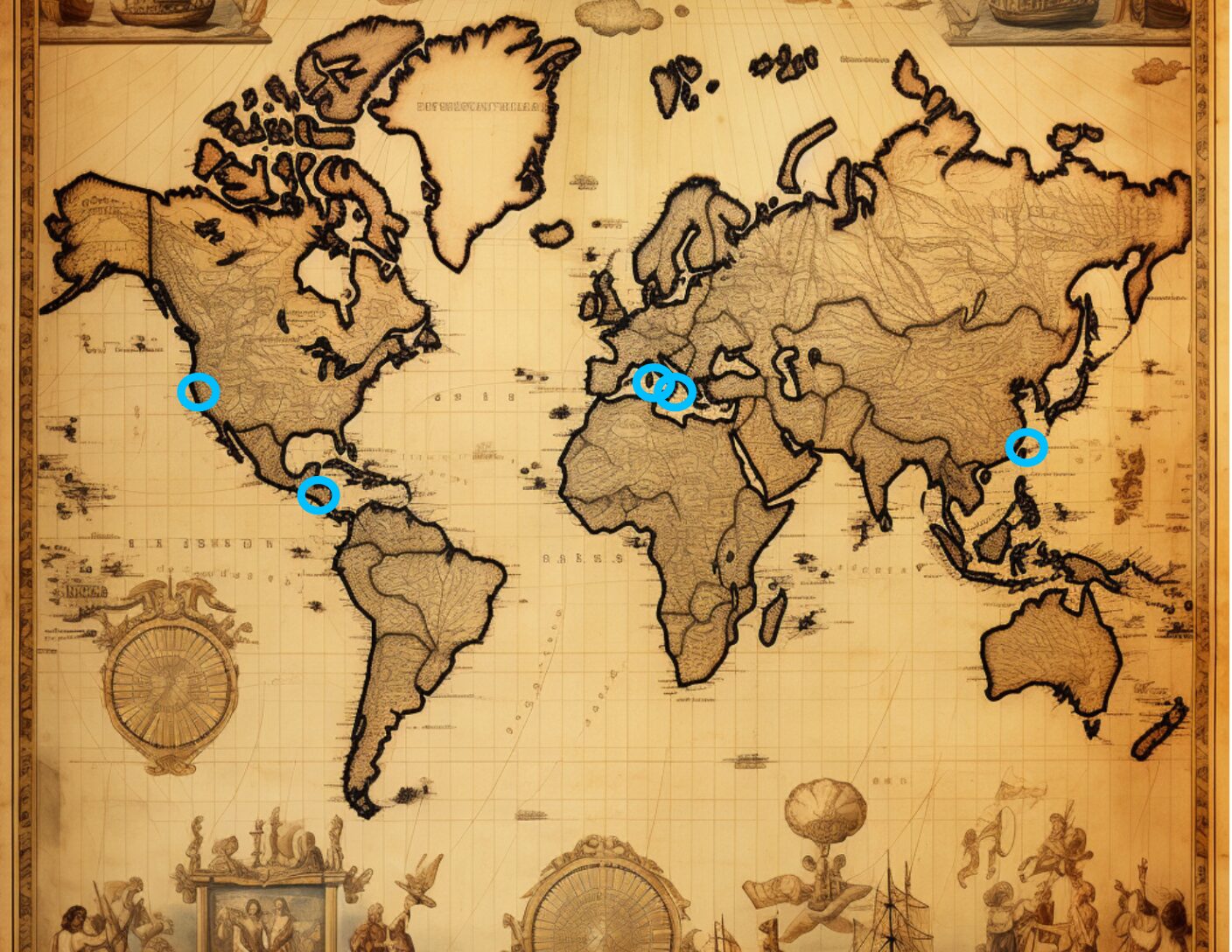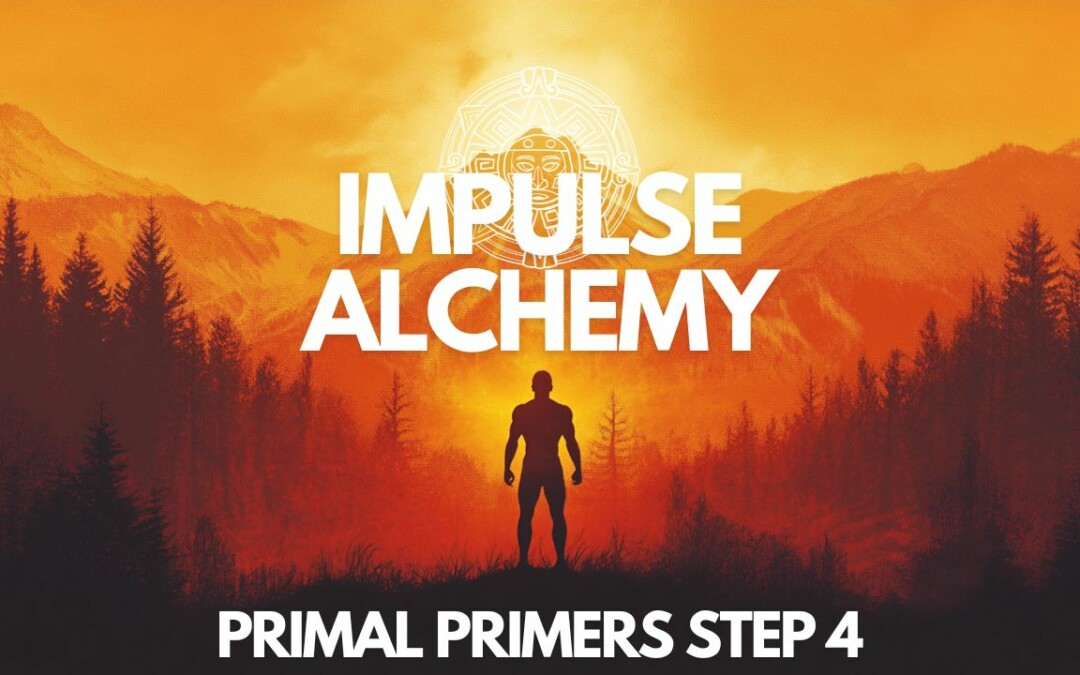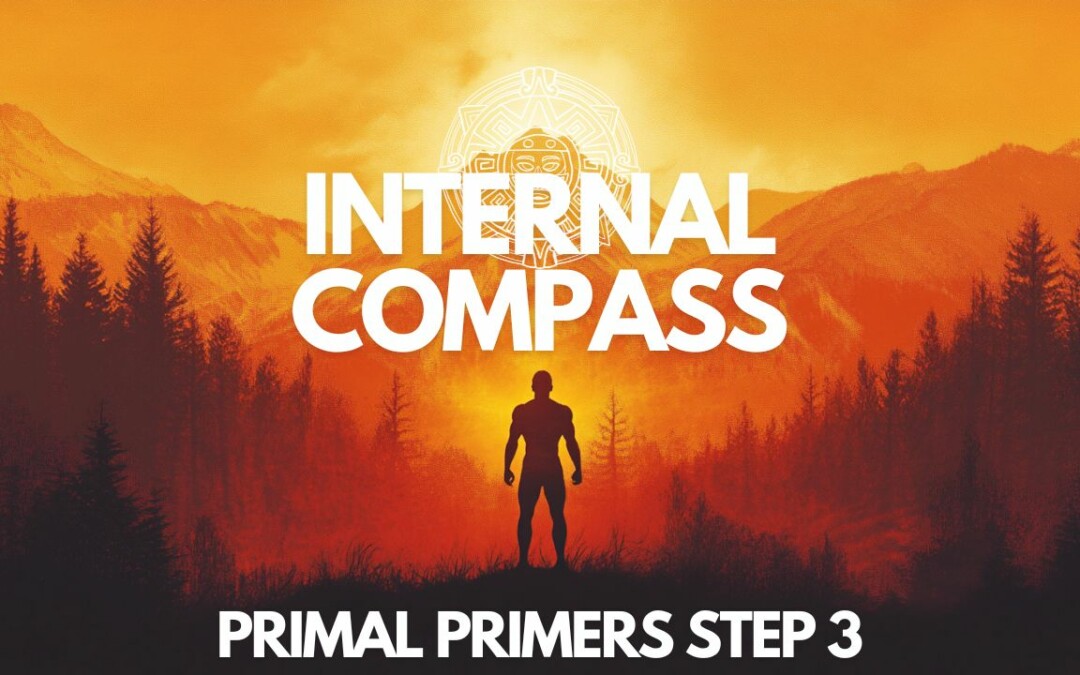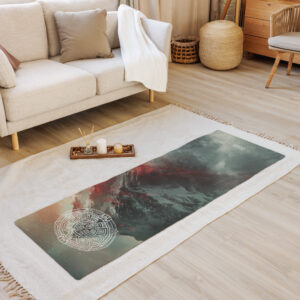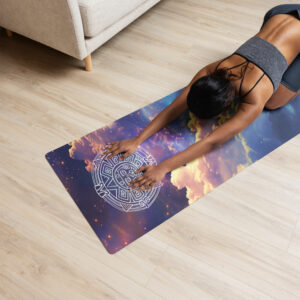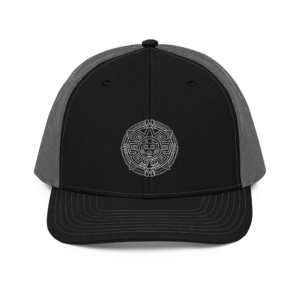Blue Zone is a designation for anomalous geographies of longevity (originally mapped and inked in blue by a Sardinian researcher). The data coordinates five corners of the earth where centenarians (people living into their 100’s) are concentrated. National Geographic seeing the possible implications of what lies in these patterns, launched a team of demographers and epidemiologists led by famed Guiness record holder Dan Buettner to further investigate. From these common denominators, a Netflix documentary, TedTalks, and big business / government partnerships have launched with intent of scaling longevity. Left Coast Caveman seeks to review and sift through merits and potential conflicts of interest Blue Zone research poses as ideology perms even the most credible observational studies.
Blue Zones Identified In Five Corners Of Earth
- Okinawa (Japan)
- Sardinia (Italy)
- Loma Linda (United States Of America)
- Ikaria (Greece)
- Nicoya (Costa Rica)
Create Your Own Blue Zone
Smash the link below to download a version of Primal Primer that will provide all you need to create a blue zone lifestyle wherever you may be located. Live above the influence and terraform you base in with the same practices of centenarians across the globe.
Common Longevity Themes Shared In Blue Zone Regions and Residents
Modality: Residents of Blue Zones demonstrate a lifetime of high amounts of low intensity and intermittent activity. Despite age these people remain active in gardening, wood working, martial arts, and walking. Their lives are not characterized by “rest homes” and likely most of their lives didn’t also. Also considering the pitch (elevated nature of these geographies), daily walking and choring accumulated substantial strain.
Mentality: Blue Zone denizens are extremely social and active within their respective communities, denoted by strong associations with religion, family, or community.
Nutrition: Characterized as primarily eating the earth; whole foods and mostly vegetables, fruits and nuts. Meat and fish is also included, albeit in lower than average consumption.
Additional Dimensions Of Blue Zone Environments
- Fertility: areas where gardens are pervasive: not necessarily life sustaining, but the act of gardening and mentality of eating organic, in season, and through the labor of ones own hands.
- Grounding: Okinawan households generally contain little furniture: encouraging more stability, mobility, and movement. Modern sapiens mostly reside in the supported and cushioned kyphotic state afforded by furniture. short term comfort traded for long term. Okinawan’s sit and often sleep on the floor. Contrast this to the amount done in western furnished and cushioned societies.
- Lifestyle: Low stress. Not metropolitan. Low density of population = less crime, traffic, and anonymity. Knowing members of your community encourages immersion and makes it harder to diffuse responsibility of subtle social contracts.
- Sun & Warmth: Blue Zones fall within a specific and special latitude keeping higher quantities and concentrations of consistent year around sunshine. More UVA & UVB light throughout the year, optimizes hormone and immune health. The consistency of warmth also facilitates year around outdoor exercise and general work.
Factors Of The Five Corner Blue Zones
Okinawa (Japan)
Modality: People of this island reaching centenarian status lead low impact and very active lifestyles deep into age. Gardening, wood working, martial arts, dance etc. Movement is daily. Furniture is also austere; houses containing tatami mats, floor beds, and low tables. Consider the amount of body weight squats and posturing needed in absence of modern furniture comforts.
Mentality: From an early age, habitants of this island are assigned to a Moai. Known as a traditional support group of friends who provide social, emotional, and financial assistance throughout life. Loneliness is a longevity killer and Moai is a superb system to ensure interconnectedness all throughout life. Ikagi Is another philosophy native to the culture of Okinawa; being defined as “a reason for being” or “the happiness of always being busy”. Often described as the intersection of what you love, what you’re good at, what the world needs, and what you can be paid for.
Nutrition: Less than 1% meat consumed while 67% of diet consists of purple sweet potato (Sweet Potato’s tout 150% more antioxidants than blueberries). An average of 3oz of local and organic tofu consumed everyday. Home gardens being a common staple provide rich sources of local and organic seasonal fruits and vegetables. 2,000 calories being the daily average; contrasted against American daily averages being upwards of 3,000. Okinawans recite the phrase “Hara Hachi Bu” prior to a meal; translated to “stop eating when your stomach is 80% full. Within their culture are embedded these fail safes ensuring over consumption does not occur.
Sardinia (Italy)
Modality: Communities nestled in high degrees of geographical pitch, makes walking up hill unavoidable. Sardinians are largely enguaged in traditional jobs mostly requiring labor also see this community active late into years.
Mentality: Low stress lifestyle. Slower tempo living with a culture that takes close care of their elders; often having them cohabitate.
Nutrition: Local and organic home made breads and pastas. The lactobacillus in the sourdough lowers sugar absorption. Minestrone soup also a local staple (beans, veggies, and pasta).
Loma Linda (USA)
Modality: Seventh Day Adventists are not only very service and volunteer oriented, but also engage in an above normal degree of sport & active leisure.
Mentality: Strong faith from the more secular 7th Day Adventist religion influences community, diet, and stewards activity’s from leisure to service. Faith and strong in-group standards around health are highly influential while keeping this group’s members to a high standard.
Nutrition: Plant based and fueled community. The Adventist Church promotes a vegetarian lifestyle. 35% of adventists are vegetarian or vegan. For those that consume meat, it is generally limited and representing no more than 5% of diet.
Ikaria (Greece)
Modality: Dance and laughing is a common activity (1 hour of dancing similar caloric burn to hour of running). Laughing often and in celebration is associated with vascular health and prevention of disease.
Mentality: Prioritizing happy and committed relationships. Ikarian’s display a penchant for celebration amongst friends and family.
Nutrition: Habits of drinking local and organic teas: Rosemary & mallow being amongst a few (teas known to harbor anti-inflammatory and anti-oxidant properties; all being tied to longevity). Ikaria is also well known for its 2-step proprietary raw honey. Two-step production where wild flowers from coast are moved to higher elevation pine forests creating a geographically diverse end product. The preference of eating raw keeps the pollen grains whole bestowing maximum nutritious profile (as many other honey’s are boiled). Local and organic wine also produced in this peninsula community; utilizing ancient fermentation involving practices such as clay underground fermenting pots (most wines use above ground oak barrels). They consider this wine “medicinal” as it is alleged to help absorption of potassium, phosphorous, boron, and iron.
Nicoya (Costa Rica)
Modality: Most chores and activities are done by hand (and hour of manual labor is commensurate to hour at the gym). A remarkable rural system where quick and convenient fixes are not an option; instead being completed by hand and ingenuity. Despite hard and manual work, life pace is slower and often netting less hours in the act of work; facilitating meaningful leisure in similar patterns and quantities found in ancient (and modern) hunter and gathering tribes.
Mentality: Plan de vida – purpose / strong “why” philosophy. Very similar to Okinawan concept of Ikagi.
Nutrition: Diet centered around “the three sisters”: beans, squash, and corn. A diet that dates back to this region from more than 6,000 years ago. Corn tortilla practice of soaking corn in wood ash has effect of potentially boosting nutritional value by breaking down cell walls and releasing niacin (aiding cholesterol control). Beans contain the same pigment base antioxidants as blueberries, while containing more fiber. Squash touting copious amounts of potassium, magnesium, and vitamins A, B, & C. Pairing the sisters together, the body gets a complete amino acid profile without cholesterol and fat.
Although intentionally omitted, 3/5 Blue Zones (more than half) do indeed consume meat and seafood in their diets, albeit in smaller quantities than most populations.
Okinawa: consumes pork and seafood
Nicoya: seafood
Ikaria: seafood
Blue Zone longevity is not limited to geography or plant based ideology. Terraform your own Cave Zone wherever you may be.

